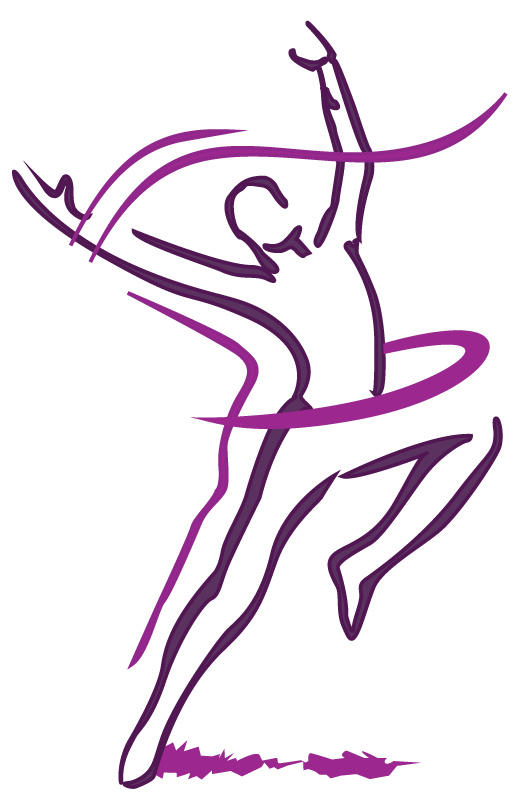A concussion is a “biomechanically induced alteration of brain function”, or a bruise to the brain. This is commonly but NOT ALWAYS caused by a blow to the head. A blow to the body, such as a body check in hockey or rugby, can also cause a concussion. Think of a ball in a bucket of water. The ball will float freely, but if there is a strong contact with the side of the bucket, the jarring force will cause the ball to make contact with the side of the bucket. This is similar for our brain in its skeletal “bucket”.
NO BRAIN INJURY SHOULD BE DESCRIBED AS MILD
Once a person experiences a concussion, the likelihood that they experience a 2nd concussion is increased. Symptoms in a 2nd concussion may be more severe and take an extended time to resolve. This is true, even if a second concussion takes place years after the first. Think of an earthquake that weakens the foundation, so aftershocks can be deadly. A concussion weakens the connective tissue in the brain. Repeat concussions create cumulative damage.
How to Recognize a Concussion
It is a common misconception that one needs to lose consciousness in order to be diagnosed with a concussion. The following list reveals what the patient may experience following a concussion:
Headaches or feeling of pressure in the head
Dizziness ,nausea, vomiting
Feeling “unsteady”, “stunned”, “dazed” or confused
Seeing stars or problems with vision, “glassy eyed”
Difficulty concentrating or remembering
Difficulty with balance, motor coordination or walking
Irritability or personality changes, including depression and fatigue
Difficulty getting to sleep, or increased sleeping
Slurred speech, ringing in the ears
Enhanced sensitivity to light and sound
Please let us know if you have questions or concerns about best practice.
